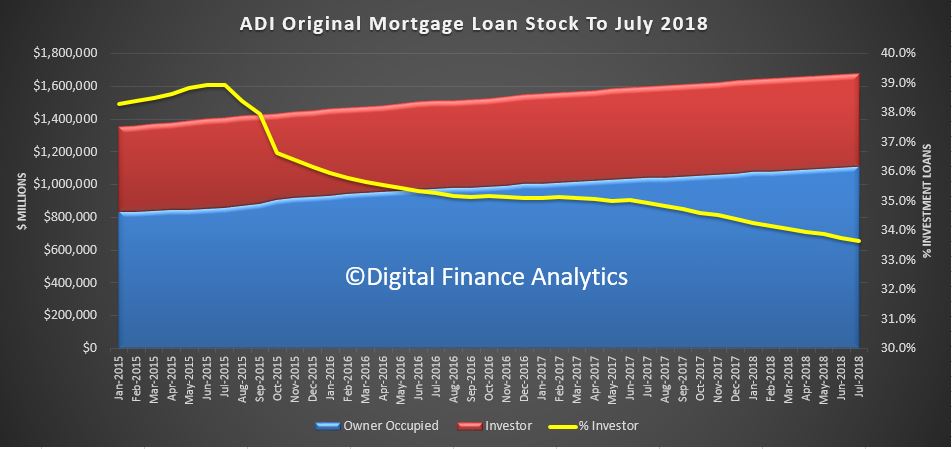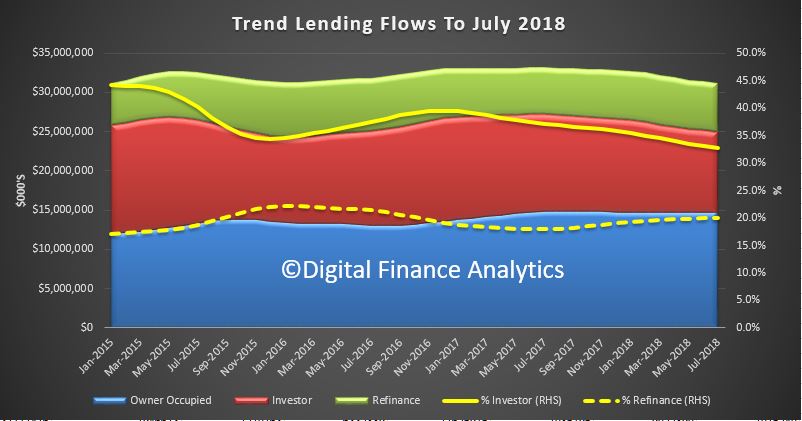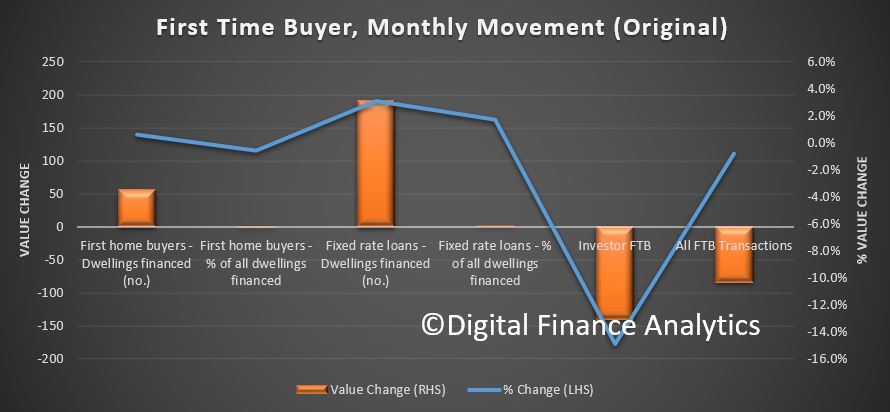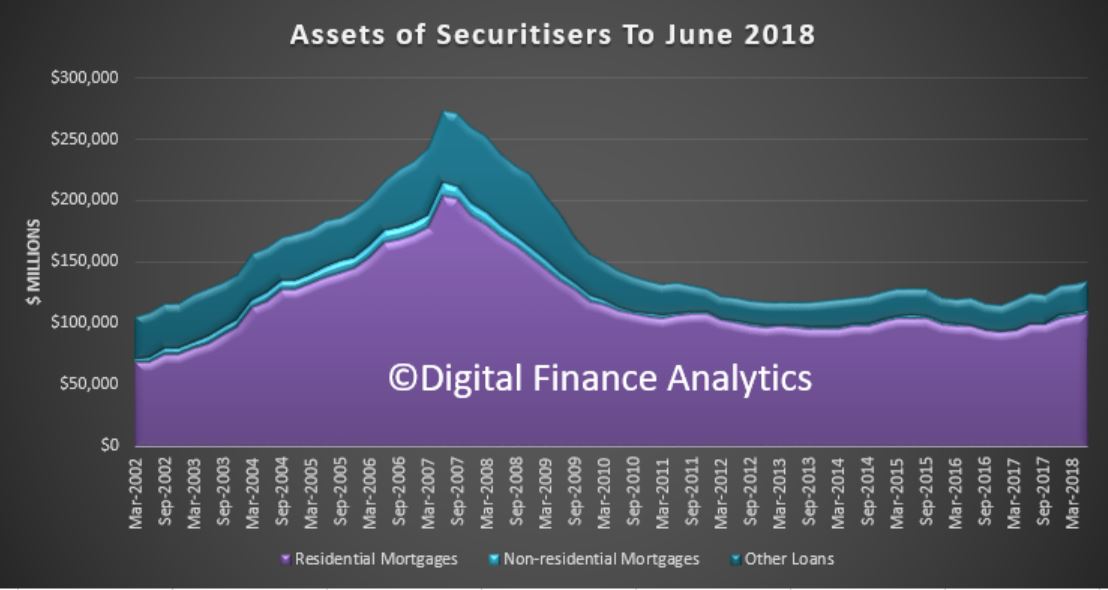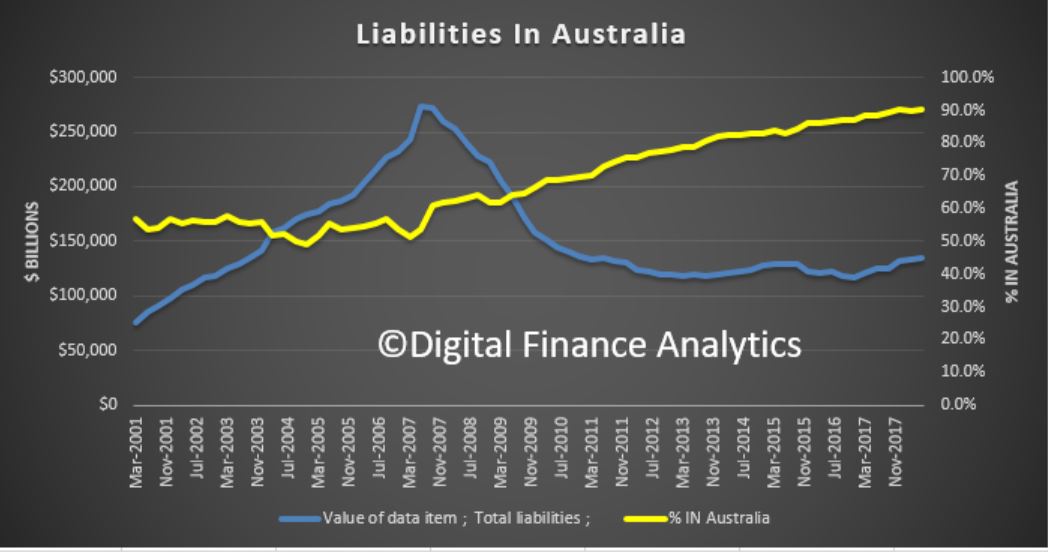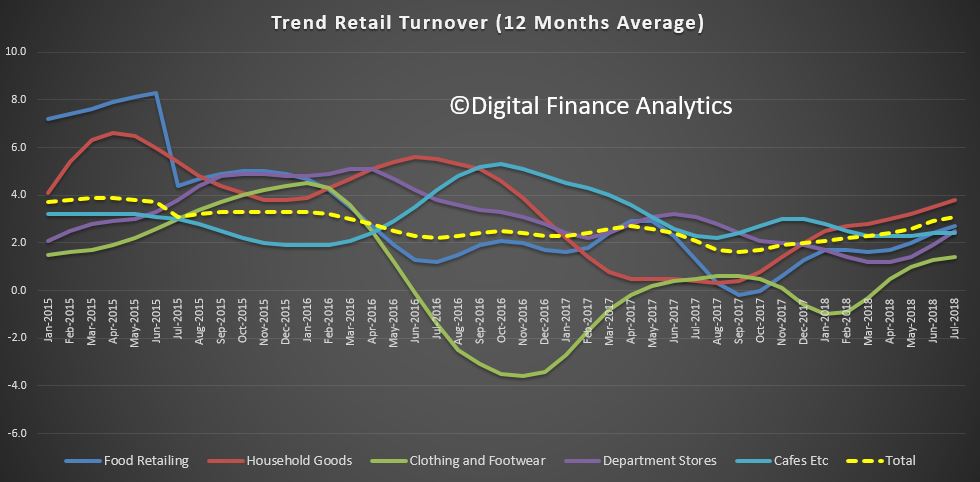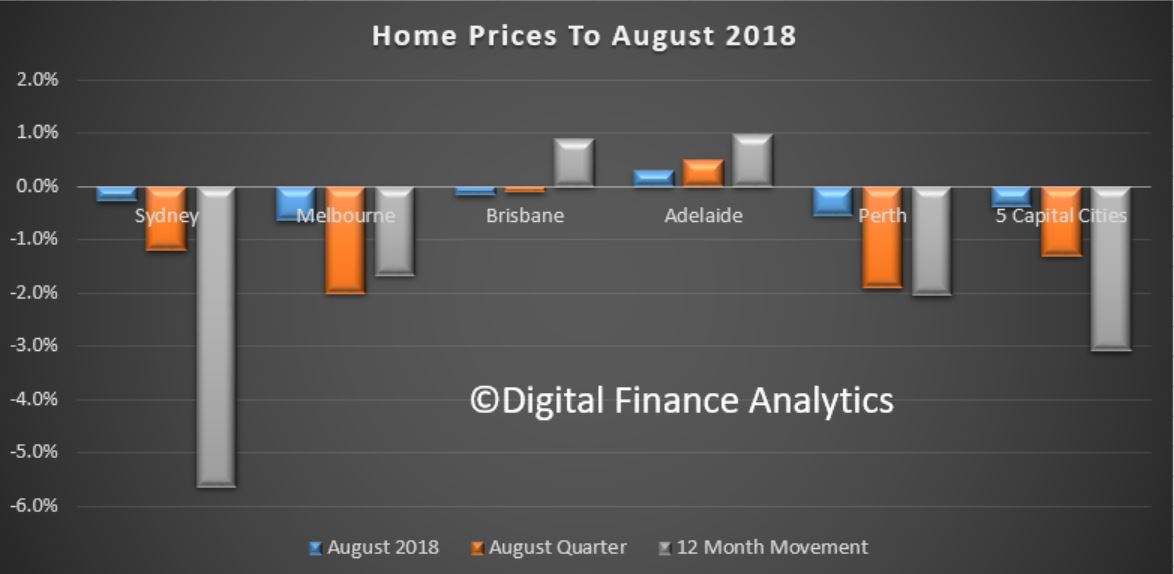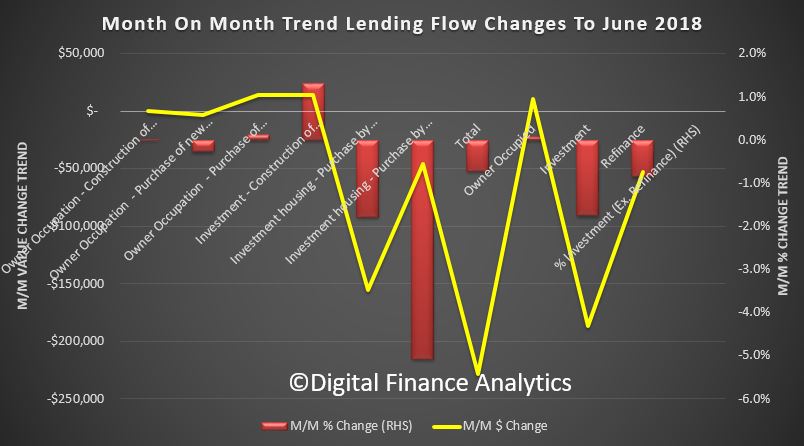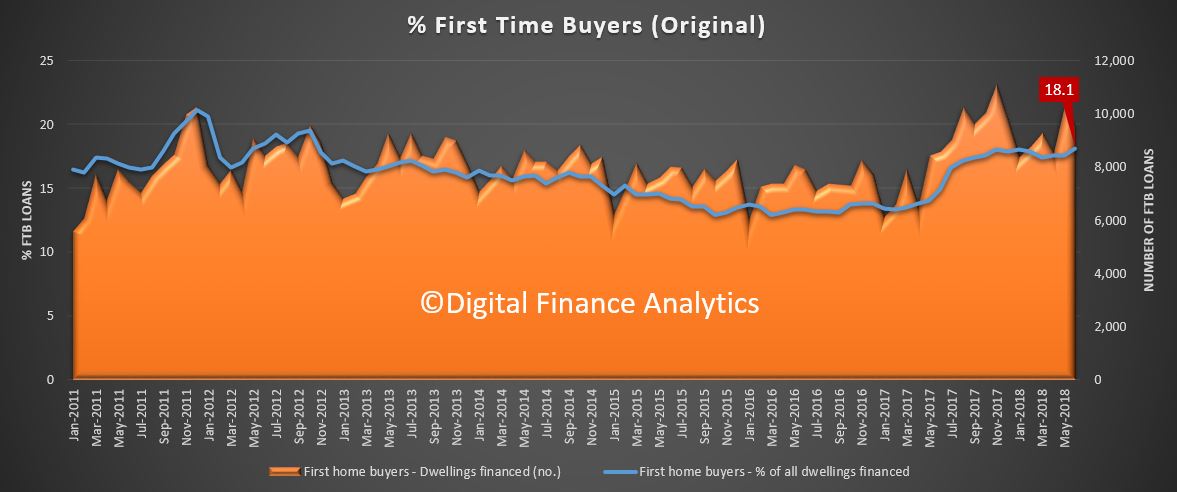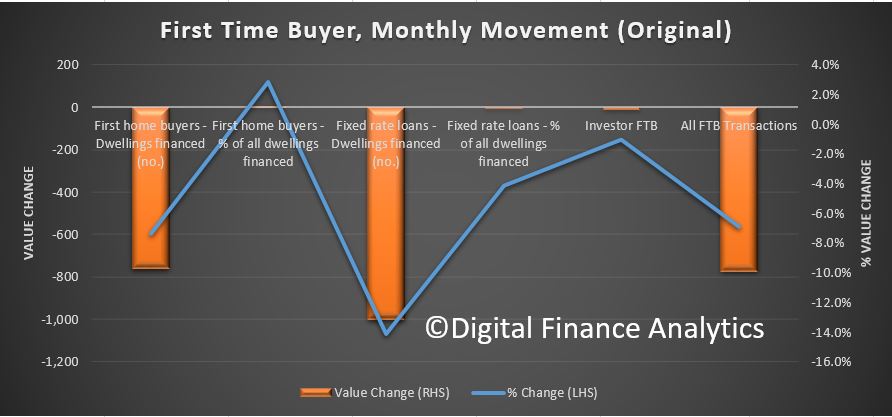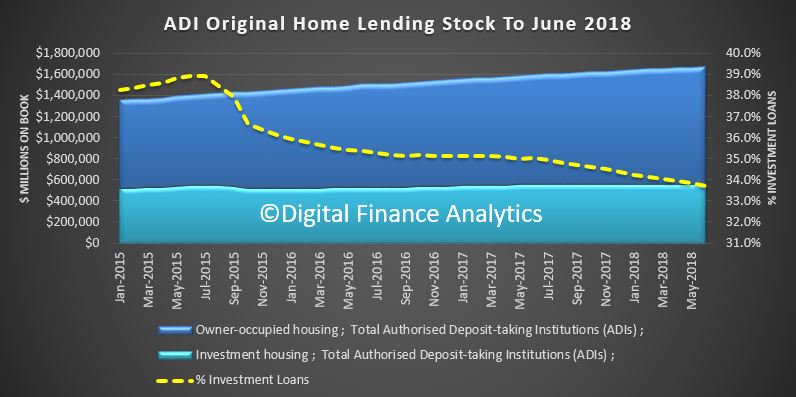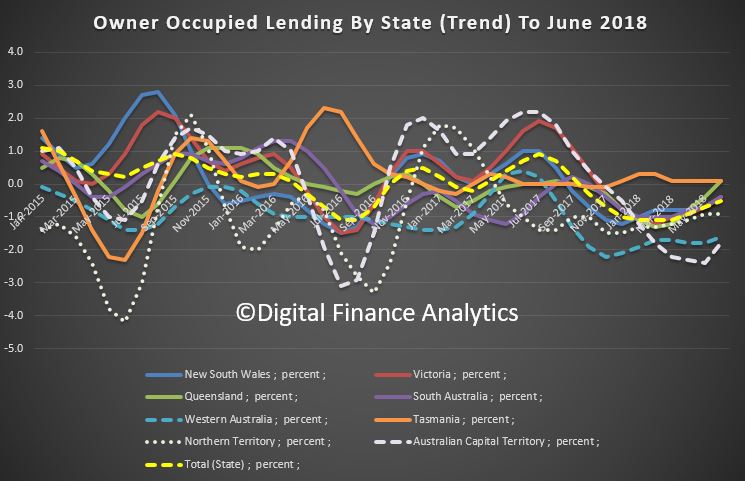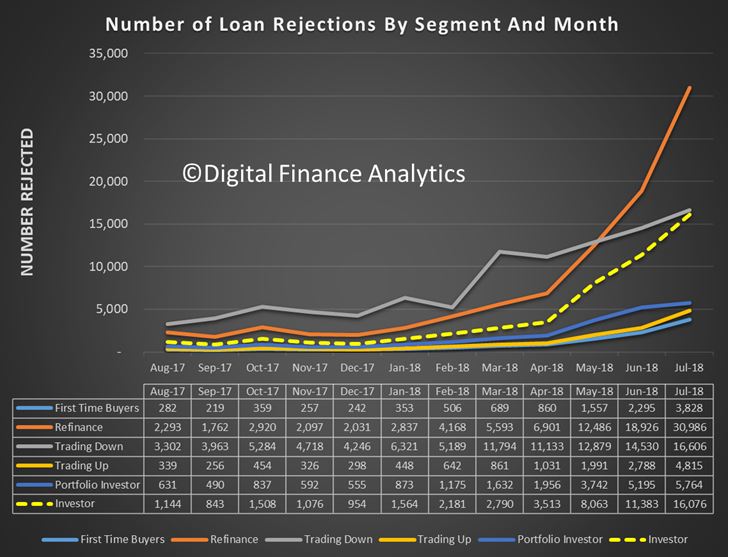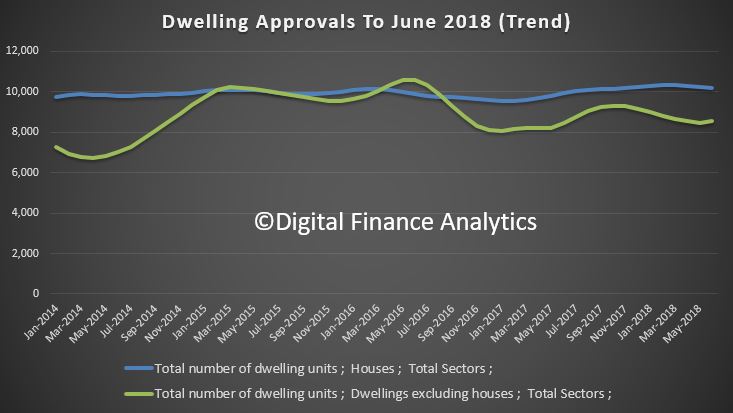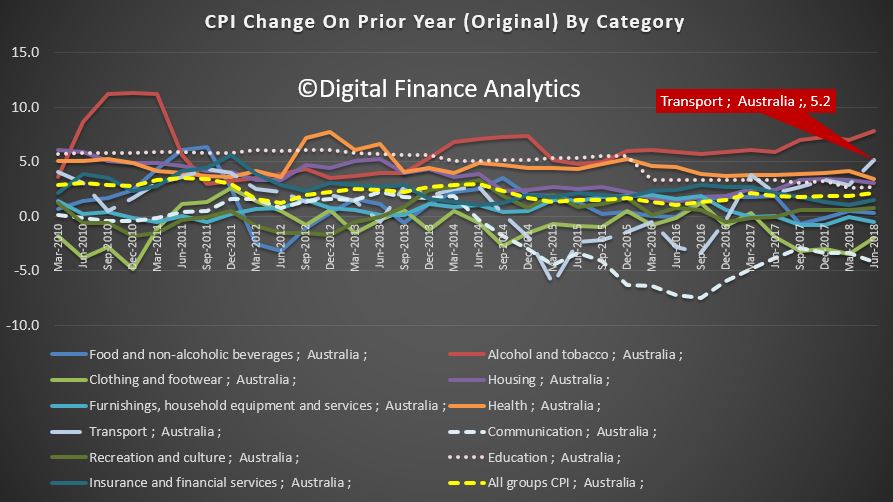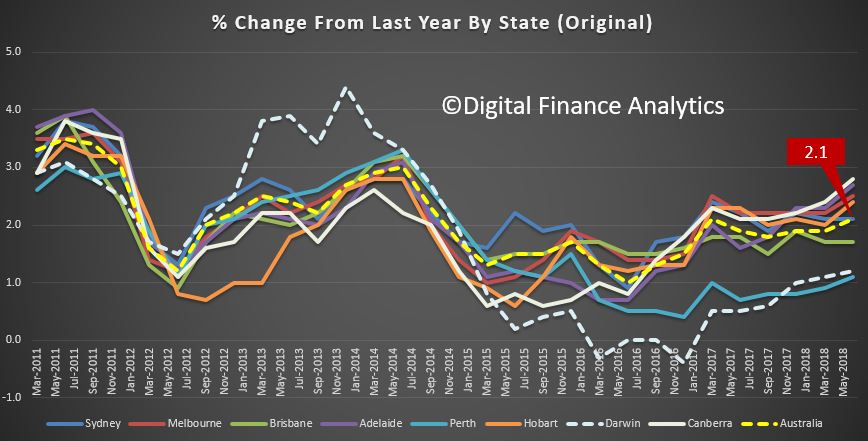The trend unemployment rate decreased from 5.4 per cent to 5.3 per cent in the month of August 2018, according to the latest figures released by the Australian Bureau of Statistics (ABS) today.

ABS Chief Economist Bruce Hockman said that “since last August, the trend unemployment and underemployment rates have both fallen. As a result, underutilisation in Australia was at its lowest level since late 2013, at 13.6 per cent.”
Employment and hours
Trend employment increased by around 29,000 persons in August 2018 with full-time employment increasing by around 21,000 persons.
The trend participation rate remained steady at 65.6 per cent in August 2018, after the July figure was revised up.
“For those people aged 15 to 64 years, trend participation was the highest on record. Female participation in this age group, at 73.2 per cent, was also a record high,” Mr Hockman said.
Over the past year, trend employment increased by around 300,000 persons or 2.5 per cent, which was above the average year-on-year growth over the past 20 years (2.0 per cent).
The trend monthly hours worked increased by 0.1 per cent in August 2018 and by 1.8 per cent over the past year.
States and territories
For most states and territories, year-on-year growth in trend employment was at or above their 20 year average, except for Western Australia, Tasmania and the Australian Capital Territory. Over the past year, the states and territories with the strongest annual growth in trend employment were New South Wales (3.6 per cent), the Northern Territory (3.0 per cent) and Victoria (2.5 per cent).
Seasonally adjusted data
The seasonally adjusted number of persons employed increased by around 44,000 persons in August 2018. The seasonally adjusted unemployment rate remained steady at 5.3 per cent, the underemployment rate decreased to 8.1 per cent and the underutilisation rate decreased to 13.4 per cent. The labour force participation rate increased to 65.7 per cent.
The net movement of employed in both trend and seasonally adjusted terms was underpinned by well over 300,000 people entering employment, and more than 300,000 leaving employment in the month.

